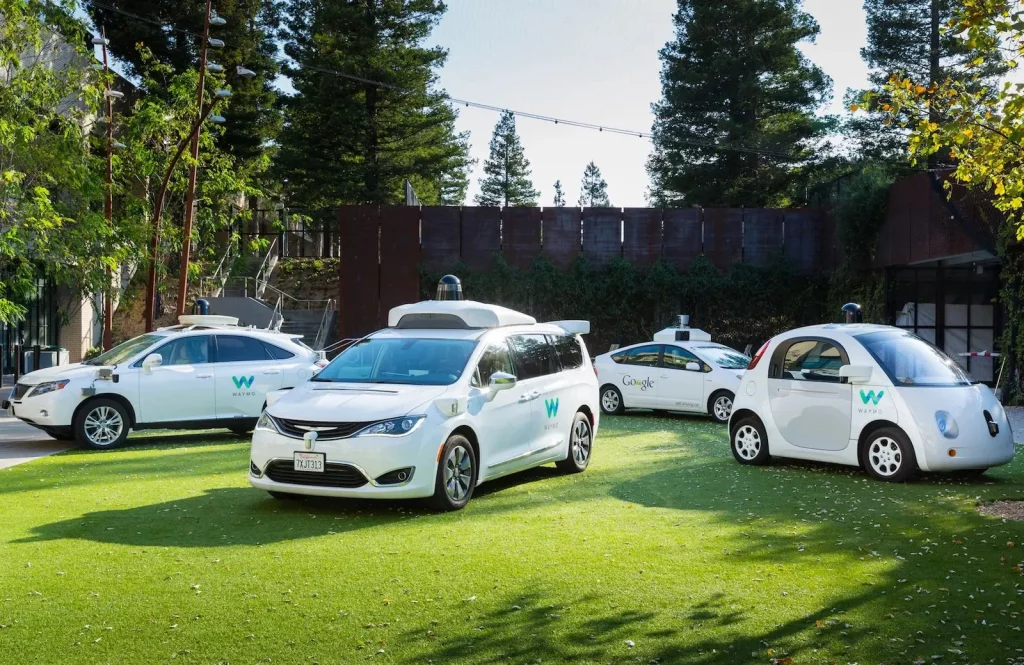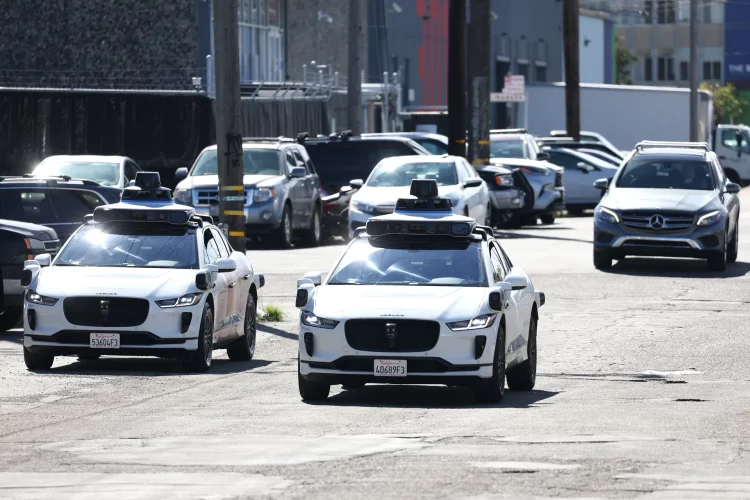Waymo’s Stunning Commercialization Success
The Record – breaking Robotaxi Service
Waymo has achieved a remarkable milestone in the commercialization of autonomous driving. Recently, Waymo announced its latest progress: its Robotaxi service has surpassed 150,000 passenger trips per week, which is three times the number just five months ago. This is the most outstanding Robotaxi commercialization achievement among the currently available public data.
The Flourishing Autonomous Driving Landscape
Across the oceans, both the commercialization implementation and the capital boom point to the same phenomenon: the warm spring of autonomous driving commercialization has arrived. On one hand, previous events like the popularity of autonomous vehicles in Wuhan and Elon Musk’s high – profile entry have successively ignited the landing of L4 – level Robotaxi. Recently, companies like WeRide’s IPO bell – ringing and Pony.ai’s listing application, along with Waymo’s latest financing of 40 billion yuan, show that industry leaders are preparing more resources to compete for the throne of autonomous driving. On the other hand, L2 – level intelligent driving has achieved urban NOA, enabling drivers to use it easily and drive on various roads, thus occupying the minds of users and becoming a highly competitive area for car manufacturers. Autonomous driving is no longer a science – fiction scenario; it has quietly integrated into people’s daily lives.
The Details of Waymo’s Commercialization Progress
Impressive Data and Growth Rate
Google’s CEO, Sundar Pichai, announced during the Q3 earnings call that Waymo has more than 150,000 paid passenger trips per week and its unmanned driving mileage exceeds 160 kilometers per week, equivalent to circling the earth 40 times. The commercialization data and growth rate are quite astonishing. As of May 11 this year, Waymo’s weekly orders were only 50,000. After 100 days, it doubled to 100,000 per week, ranking first in the industry at that time. Since then, the growth rate has accelerated, reaching 150,000 in just over two months. At the current growth rate, Waymo is expected to exceed 200,000 orders per week by the end of this year, with a daily average order likely approaching 30,000.
Google’s Support and the Significance of Waymo
Waymo’s commercialization progress has received high attention from Google. First, last Saturday, Google’s previously promised investment arrived. Waymo announced the completion of a $5.6 – billion (about 40 – billion – yuan) Series C financing, led by Google with over – subscription. Then, during the earnings call, Pichai emphasized that Waymo has created growing business opportunities and is Google’s most important “Other Bets”. The latest financial report shows that in the third quarter, the overall revenue of “Other Bets” increased by more than 30.6% compared to the same period last year, reaching $388 million (about 2.76 – billion – yuan). This growth is largely driven by Waymo’s commercialization progress.

The Reasons behind Waymo’s Accelerated Commercialization
Expansion of Operational Scope
Why has Waymo’s commercialization progress accelerated so rapidly in the second half of the year? It is mainly related to its commercial operation. First, the scope of operation has expanded. Since June this year, Waymo has successively expanded its operation areas and service groups in Phoenix, San Francisco, and Los Angeles. However, only the expansion in Phoenix has been disclosed, with an area of approximately 233 square kilometers at once, which is almost equivalent to half of the Wuhan Economic and Technological Development Zone. In addition, through cooperation with Uber, Waymo will provide services in Atlanta and Austin. Currently, Austin has opened internal testing, and the specific “city – opening plan” has been scheduled until early next year.
Business Operation Strategies
Secondly, in terms of business operation strategies, Waymo has recently launched a pilot project, providing $3 vouchers to passengers traveling to and from specific bus stops for a month, which has stimulated order growth to a certain extent.
Waymo’s Ambitions and Future Directions
Possible IPO and Future Plans
What is the purpose of Waymo’s commercialization acceleration? Combining recent capital market dynamics, such as Horizon Robotics and WeRide’s IPOs, Pony.ai’s listing application, and Waymo’s own 40 – billion – yuan Series C financing, some speculate that Waymo is sprinting towards an IPO. Besides commercialization, Waymo has also just announced its latest autonomous driving achievement: the multi – modal end – to – end model EMMA based on the Gemini model.
The Key Features and Limitations of EMMA
There are three main key aspects of EMMA. First, it can process image and text data, directly generate trajectories, perceive objects, and generate road map elements, and can handle different tasks through task prompts. Second, it represents non – sensor inputs and outputs as text, maximizing the utilization of Gemini’s world knowledge. Finally, it incorporates a chain of thought, enhancing the model’s decision – making ability and interpretability. However, despite EMMA’s good performance in multiple benchmark tests, Waymo has revealed that it still has many limitations. Currently, the number of image frames it can handle is limited, and as you may have noticed, EMMA cannot handle radar data for the time being. This doesn’t mean that Waymo is going for a pure – vision approach. It’s just that EMMA relies on pre – trained MLLMs, and the current 3D perception encoder’s capabilities are not strong enough. Relevant work will be carried out in the future. Therefore, currently, EMMA should not be installed in vehicles yet, and it’s also not possible to confirm whether Waymo’s technology paradigm has shifted to end – to – end.
The Trend of End – to – End Technology in the Industry
Of course, from the current trend and research results, it may be only a matter of time before Waymo makes the shift. After all, the end – to – end technology has been recognized in academia, and its implementation in the industry has shown powerful strength from the bottom up. Tesla, which has popularized end – to – end technology, has made rapid progress after adopting FSD V12, and Elon Musk has gone all – in on autonomous driving. Domestic companies like Huawei, XPeng, Li Auto, and DeepRoute.ai have also shown higher capability ceilings after shifting to end – to – end. Among Robotaxi players, Baidu announced that after launching the two – stage end – to – end large model Apollo ADFM, its business can migrate faster in different cities with lower costs. Since then, Baidu’s commercialization progress has also accelerated. According to Baidu’s Q2 financial report, Apollo Go is approaching 10,000 passenger trips per day. Therefore, from the perspective of the entire industry, the new technology paradigm has accelerated the pace of all autonomous driving players and supported the commercialization sprint. After years of development and several ups and downs, autonomous driving has once again reached the peak of the wave. This time, both the technological foundation and the popularity are far better than before. The wonderful experience provided by intelligent driving for car owners is tangible, and the promotion of new – quality productivity by autonomous driving is real. And across the ocean, the acceleration has already begun.


















































Discussion about this post